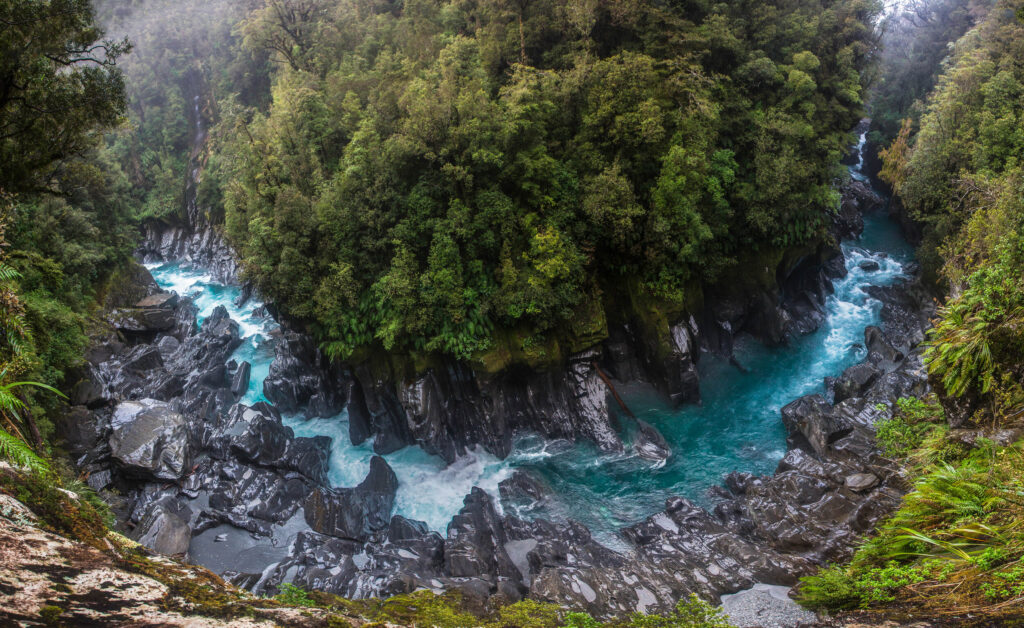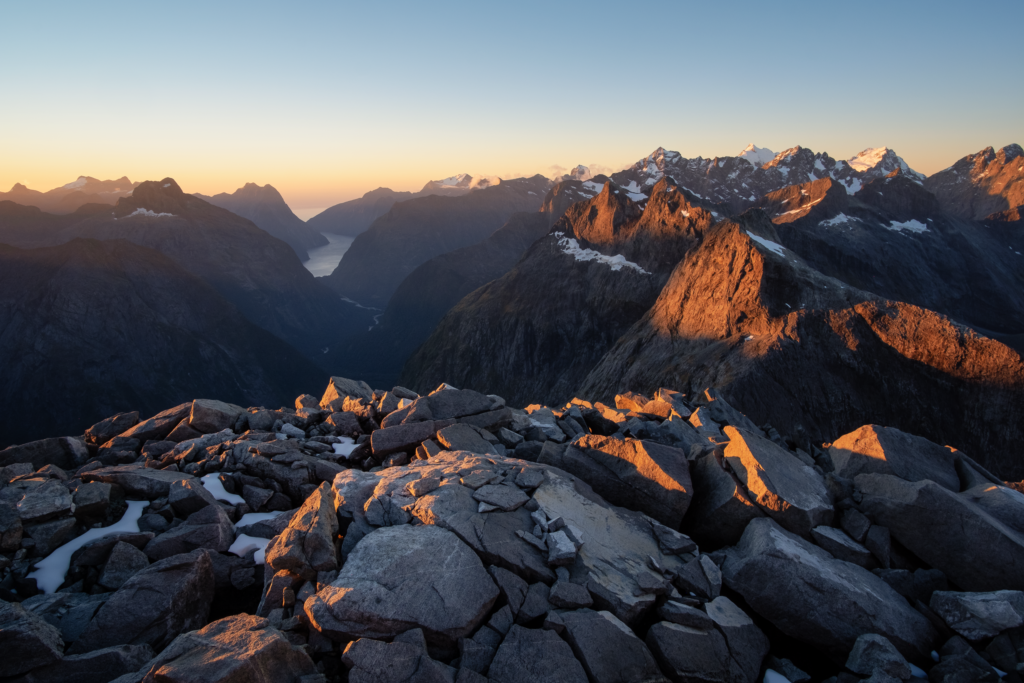by Shaun Barnett, Nature First Member
When we make images in nature, what are we doing?
Are we representing reality or creating an artful interpretation?
And when we process an image, by adding contrast, vibrance and sharpening, are we ‘improving on nature’?
Some of the photography I like to do is indeed partly an illusion. When I use a tripod, a suitable F-stop for great depth of field, and a slow shutter speed, I can render the run of a stream into a silky flow; something that the eye cannot record.
A friend who loathes this style of photography calls it pornography; for him, it’s a corruption of how he sees nature.
Well, that’s landscape photography, you might say. When you photograph birds, though, surely there can’t be much illusion? I would argue that a super-fast shutter speed can freeze a moment in the flight of a bird that is also impossible to see with the naked eye.
So, nature photography is at least partly an illusion.
Yet what draws us to make images of nature is real: we photograph real places and real creatures, and what we are attempting to capture is something of the sense of wonder, or wildness or beauty, perhaps to convey something of the awe we experienced to those who were not there to witness it. Or, perhaps we want to document aspects of nature for our interest, or even science.
Another criticism of ‘scenic’ photography is that it hides the ugly aspects of humanity, creating another illusion. For example, Milford Sound, in New Zealand’s Fiordland National Park, is a sublimely stunning landscape. But photographs of it rarely show the rows of buses, hotels, or crowds. Images of Milford Sound are partly illusions: the camera faces outward, not backward. Like much photography, the image focuses the viewer’s attention on a highly selective frame, one deliberately excluding what is not scenic. But that is also the essence of any photography: to exclude clutter and focus on the subject.
The fact is, the magnificence of that fiord is real and still has the power to stir us. That’s why hundreds of thousands of people do visit Milford Sound every year, in spite of the crowds and tourism infrastructure.
The reason why scenic calendars still sell is that – cliché notwithstanding – many people are fundamentally still interested in and moved by beauty, by nature. A hiker surmounting a pass also feels stirred enough to try and capture that scene on their point-and-snap camera or phone; pure and simple landscapes unsullied by the presence of humans.
It’s easy to criticise ‘scenic’ photography as just chocolate box ephemera, but that’s partly disingenuous. Because anyone can take a picture, it is easy to under-appreciate good nature photography. Like the best poetry or writing, the best outdoor photography has a fundamental power to inspire, challenge, or galvanise people.

New Zealand landscape photographer Rob Brown developed a distinctive photographic style by a great deal of hard work lugging heavy packs and handling the cumbersome machinery of a large format plate camera. Brown photographs things he cares about, and while he tends to photograph landscapes without humans, a lot of himself goes into the final image. Viewers often recognise this, and that makes them rise above a purely scenic snapshot. His book Rakiura, The Wilderness of Stewart Island (2006) was the result of months of photography, taken over years.
Similarly, to dismiss the work of renowned nature photographer Craig Potton is equally problematic. Take his book, Moment and Memory, Photography in the New Zealand Landscape (1998). Much more of the book includes forest interiors, many of which are chaotic, gloomy, and even slightly disconcerting. There is nothing clichéd about them: they depict Potton’s interpretation of the often-complex nature of New Zealand forests. To me, these scenes are indeed far from scenic; they instead invoke the foreboding that early Pākehā (European) settlers must have felt when confronting our almost impenetrable forests.
Potton’s landmark book Images of a Limestone Landscape (1987) helped draw attention to the Paparoa Range, and the photographs in it transcended the genre of scenic photography. A few of them have become some of the most recognisable nature images ever made in New Zealand. They were taken as part of a deliberate campaign to draw attention to the plight of this forest when there were plans to mill it, and this work led to the area becoming Paparoa National Park.
Caver and tramper Neil Silverwood is another photographer who uses his work as a tool to advocate for nature. Silverwood has been a strong advocate for a proposed Wild Rivers National Park in the central Southern Alps and has also written photo essays to advocate the value of rivers at threat from hydro schemes.
Potton, Brown, and Silverwood are part of a long tradition of landscape photographers whose work is motivated by far more than commercial imperatives. All three have used their photography as a means of expressing their responses to wild places to the broader public, and their images have played a role in saving places from desecration.

Likewise, in Tasmania, photographer Peter Dombrovskis played a similar role. In the early 1980s, his one stunning image of Tasmania’s Franklin River was so powerfully presented in a poster that it generated mass protest over State plans to dam this wild river, eventually leading to it becoming a major and defining election issue, not just for the State, but for the Australian Federal Government. You could say that Dombrovskis’ one image was the decisive weapon in the fight to establish the Franklin-Lower Gordon Wild Rivers National Park.
In this way, these Southern Hemisphere photographers continue the tradition of American photographers like Ansel Adams and Eliot Porter.
Even more than 35 years after his death, Ansel Adams remains perhaps the world’s best-known landscape photographer. His meticulous monochromatic landscape photography helped to encourage politicians to establish national parks such as California’s Kings Canyon.
In the purest form of this tradition, nature photographers focus solely on natural scenes, although some like Brown, Silverwood, and myself often present huts, hikers, or camps in their scenes. Nature photographers less often communicate such things as the impact of pests or mass tourism, as that might be the role of a documentary photographer.
However, that is not to say that nature photographers should not be careful and conscious about what they do. Te Anau-based photographer and conservationist Crystal Brindle is the New Zealand Ambassador for Nature First, a growing worldwide alliance of nature photographers who have adopted the Nature First Principles. These are:
- Prioritise the well-being of nature over photography.
- Educate yourself about the places you photograph.
- Reflect on the possible impact of your actions.
- Use discretion if sharing locations.
- Know and follow the rules and regulations.
- Always follow Leave No Trace principles and strive to leave places better than you found them.
- Actively promote and educate others about these principles.
Brindle feels that the power of Nature First lies in enabling photographers to lead by example and move from simply capturing the beauty of the natural world to acting as ambassadors for nature, building on the long history of photography as an advocacy tool for conservation.

This is especially important in an age when social media platforms allow people to access, share, and re-share photographs continually. We need to be more conscious of not sharing specific locations (or geotagging) as doing so might cause problems to a sensitive area or species. We need to recognise when an area is too delicate for us to intrude. We need to respect the rights of wildlife. We need to be more thoughtful about the impact of photography and err on the side of caution. We need to be conscious that when we share a place on social media, others will follow.
Throughout New Zealand’s history, there have been many times – even over the last decade – when the government or industry proposes yet more mining, hydro, roading, or other destructive developments on our conservation lands. The price of conservation is eternal vigilance. And even the converted need to be reminded about the importance of this.
By interpreting nature with their vision, perhaps the chaos of a forest interior, the seductive line of a mountain ridge, or a water-worn river stone, nature photographers can play an important role in celebrating and preserving our wild places.

